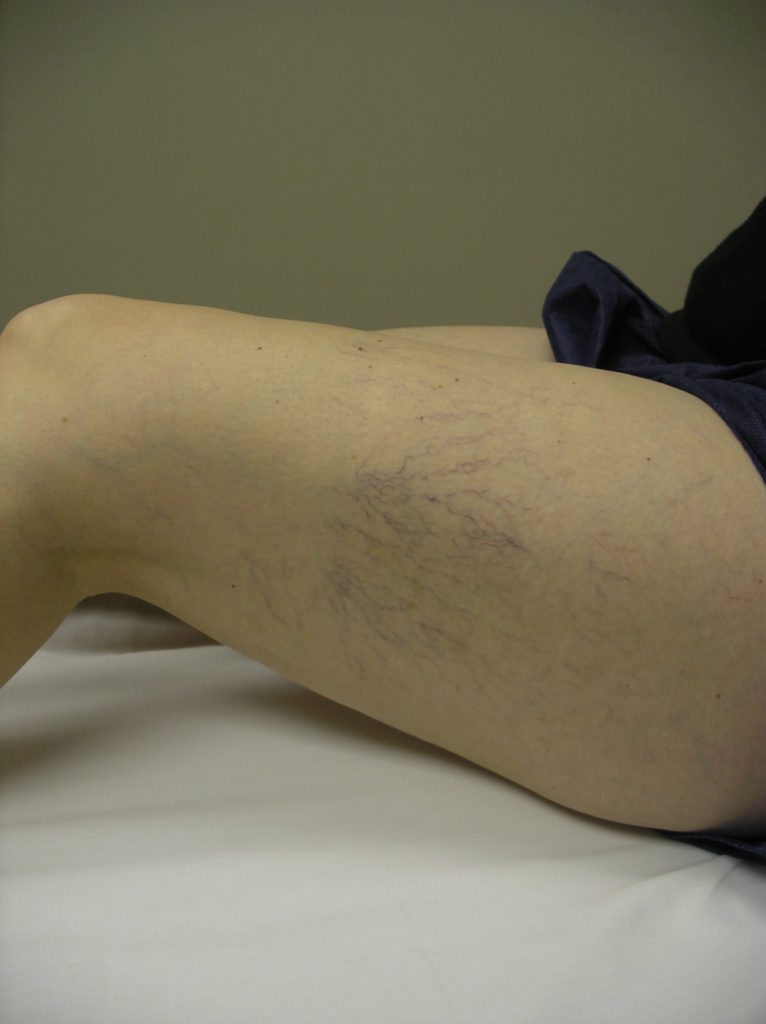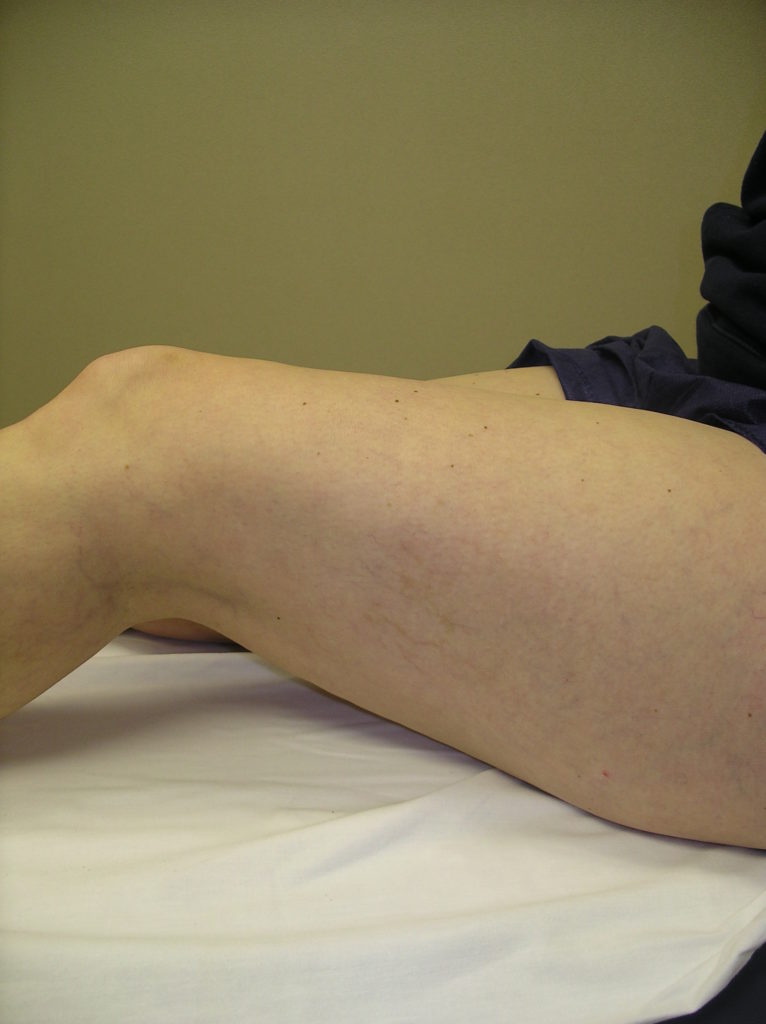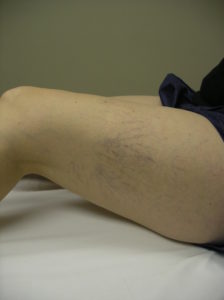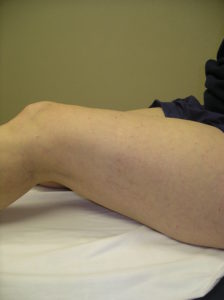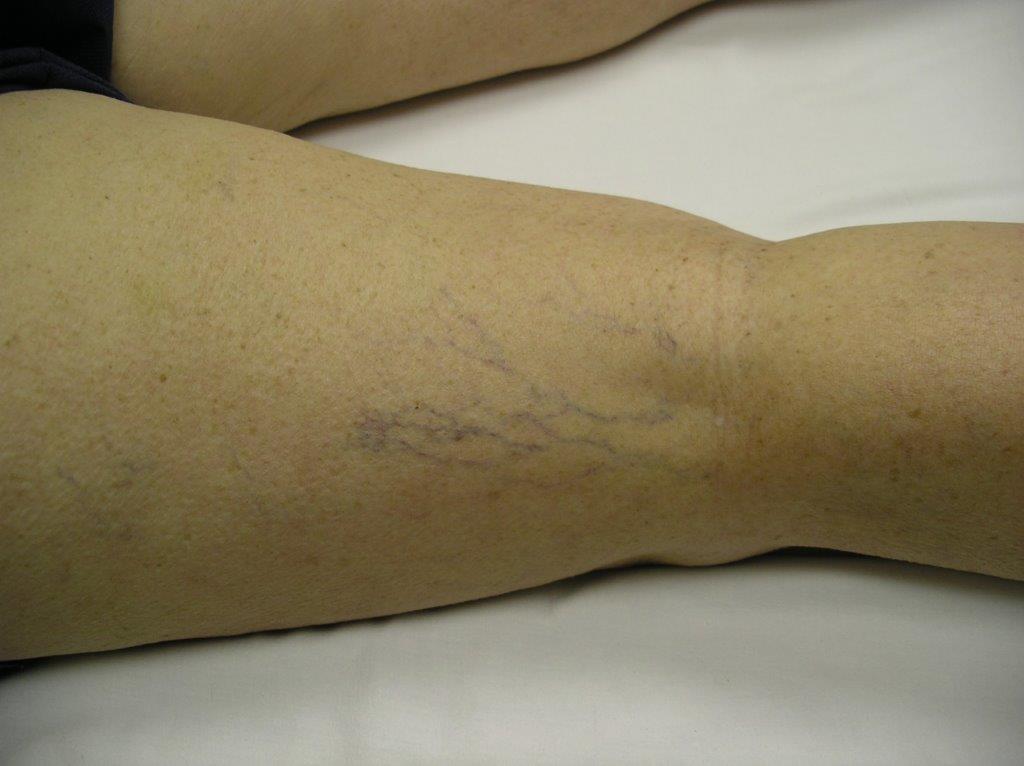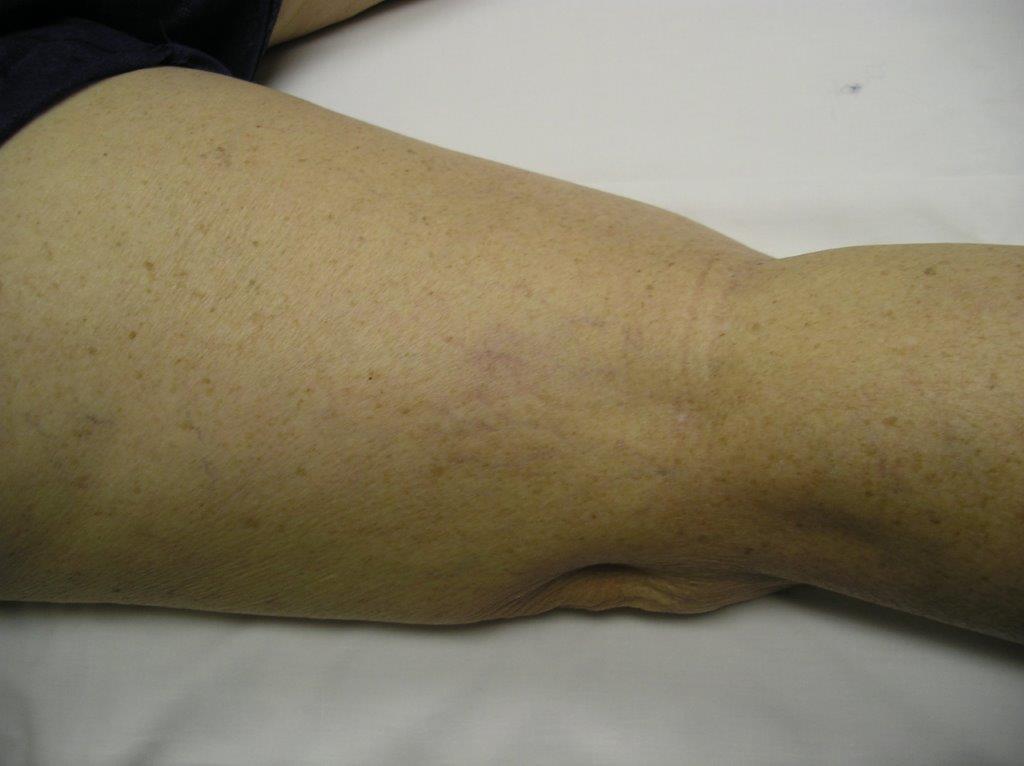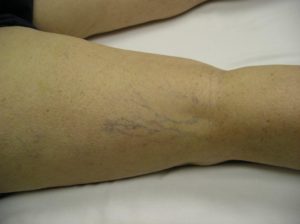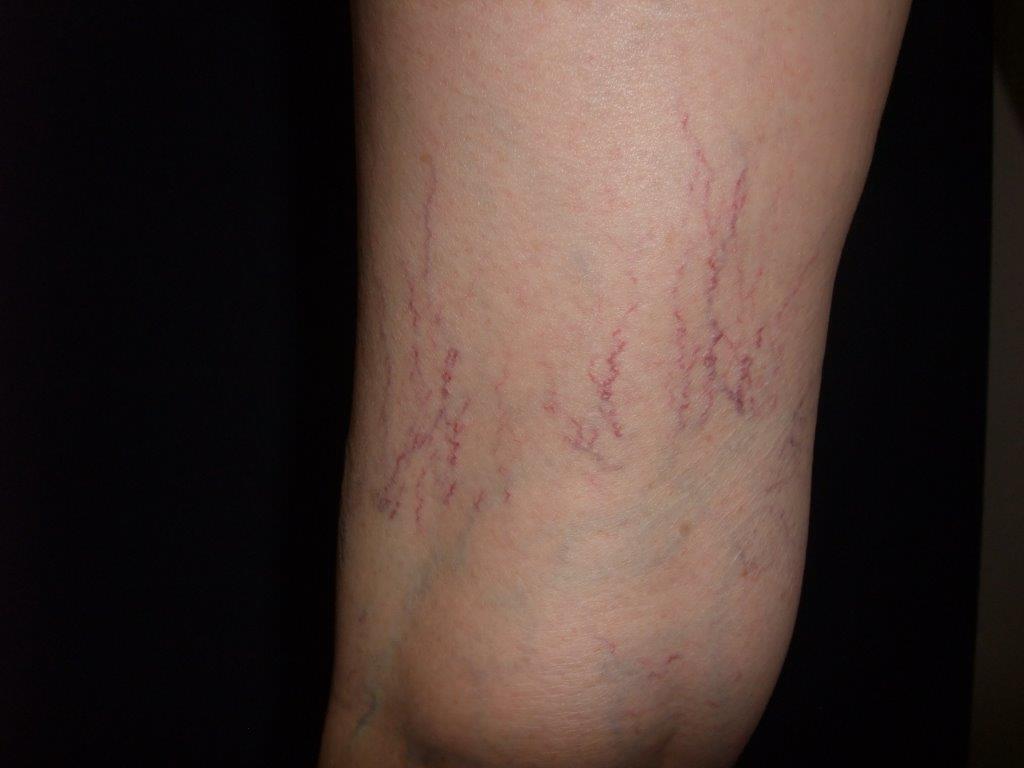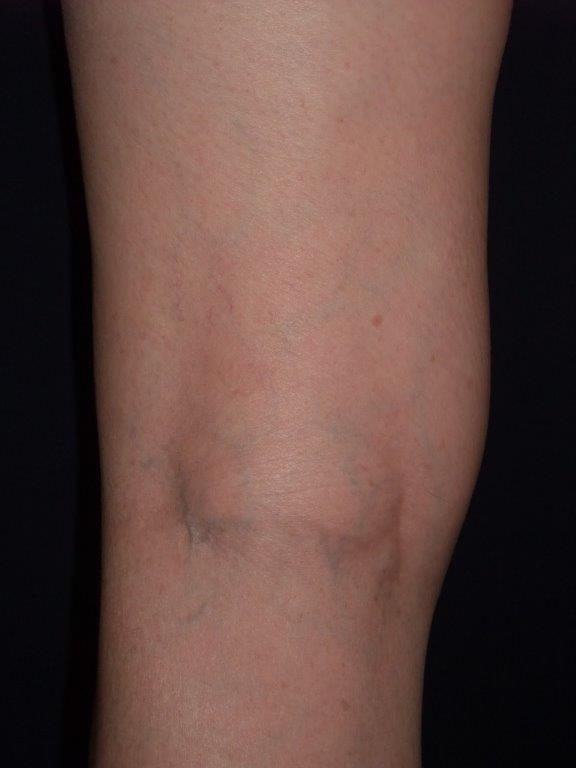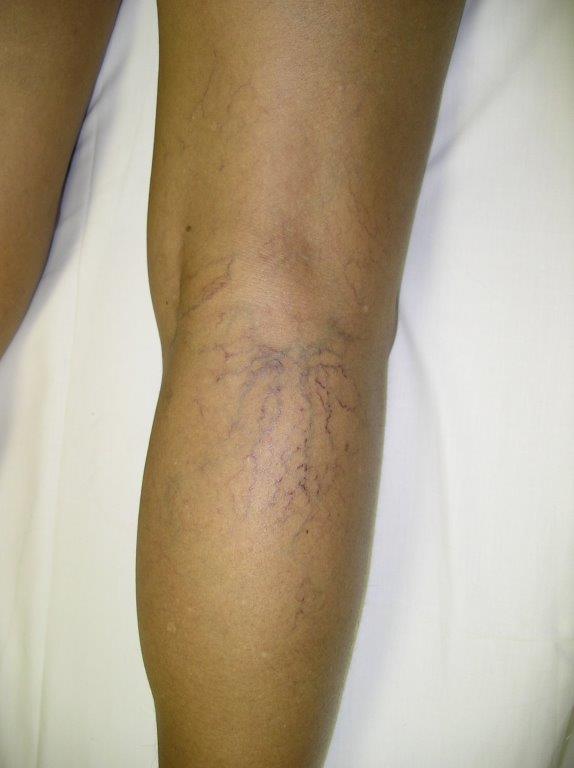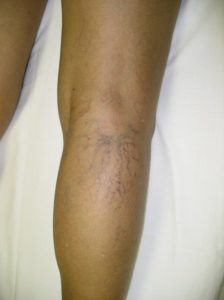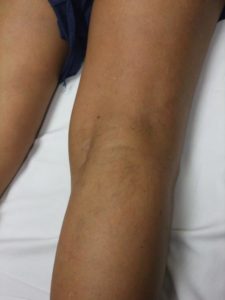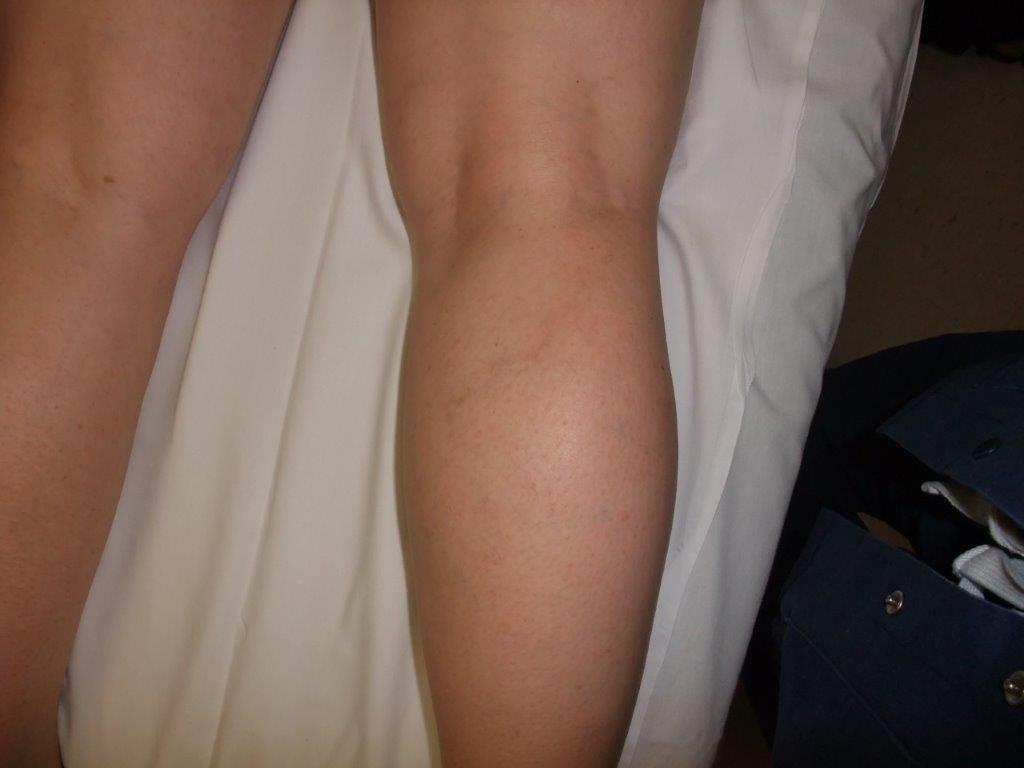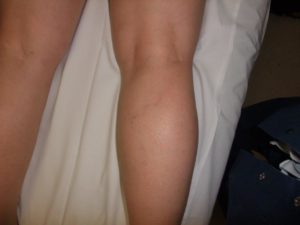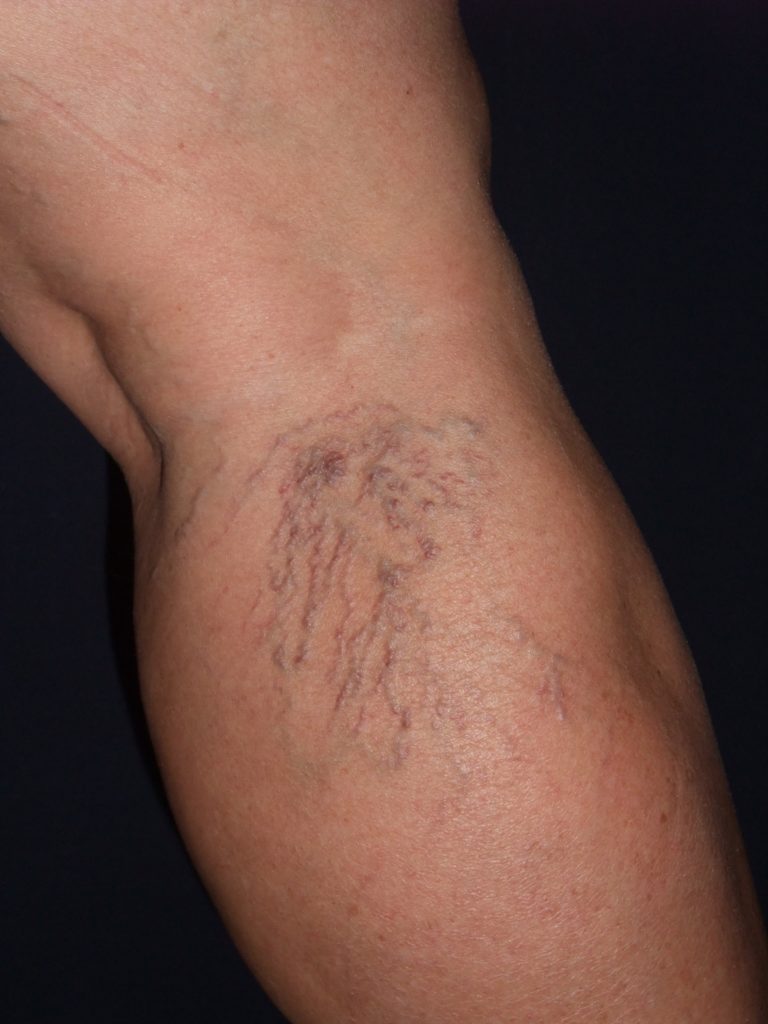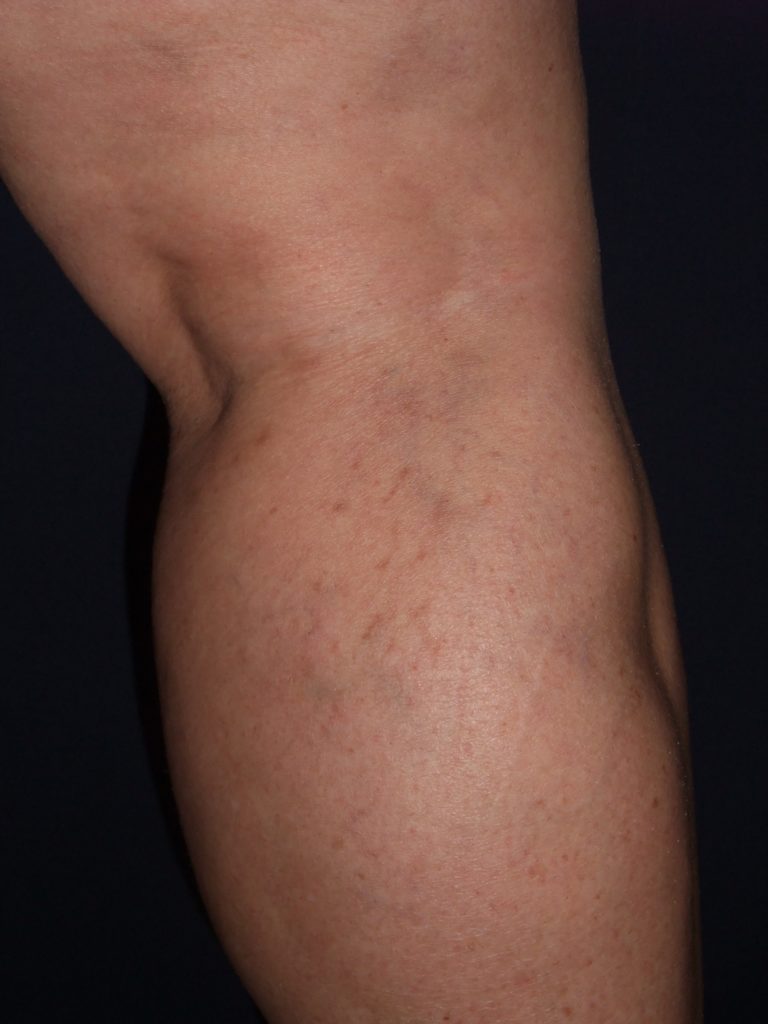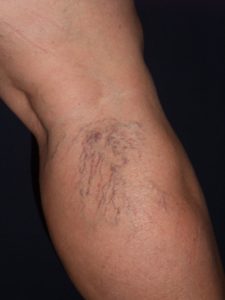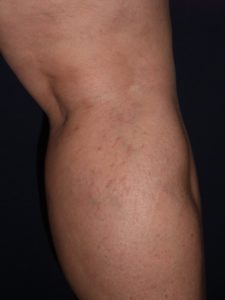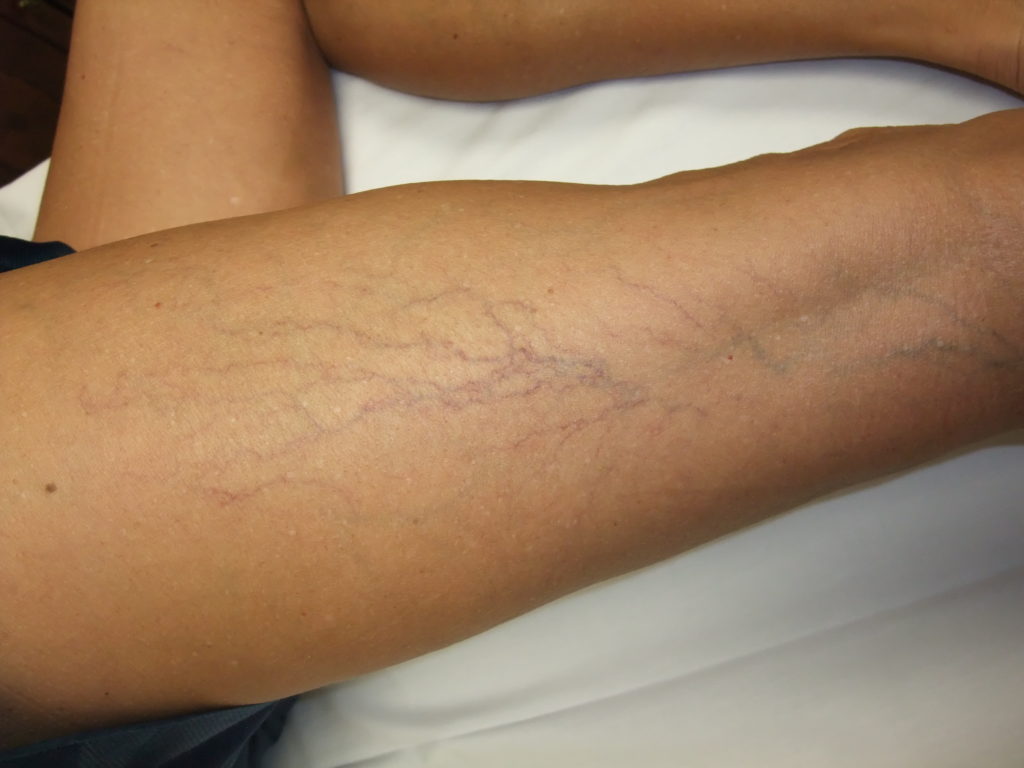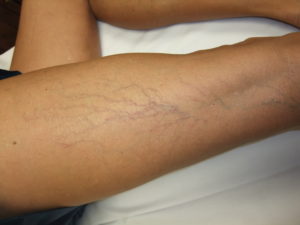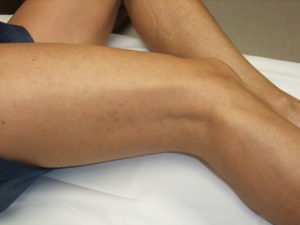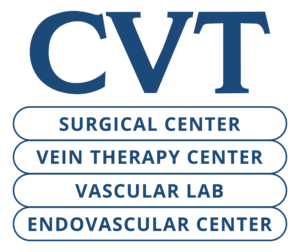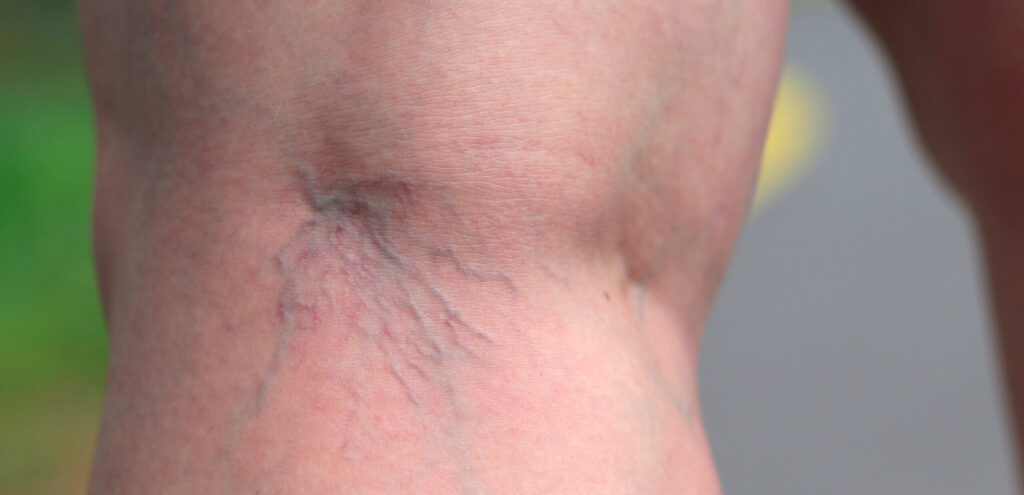Spider veins develop when small blood vessels, known as capillaries or venules, become dilated and visible beneath the surface of the skin. They often appear as thin, branching lines in shades of blue, red, or purple, typically on the legs or face.
While these veins are usually superficial and don’t play a major role in circulation or pose serious health risks, many people seek treatment for cosmetic reasons.
What Causes Spider Veins?
The exact causes of spider veins aren’t fully understood, but several factors can contribute to their development:
-
Genetics
Genetics
A family history of vein disease is one of the strongest predictors. -
Hormonal changes
Hormonal changes
Pregnancy, menopause, and birth control can weaken vein walls and valves. -
Prolonged sitting or standing
Prolonged sitting or standing
These positions increase pressure in the veins of the legs. -
Age
Age
Veins naturally lose elasticity as we get older, making them more prone to dilation. -
Obesity or inactivity
Obesity or inactivity
Both reduce circulation and put additional stress on the veins. -
Injury or trauma
Injury or trauma
Previous injuries can damage nearby blood vessels and increase visibility.
Do I Need to Worry About Spider Veins?
For most people, spider veins are primarily a cosmetic concern, not a dangerous medical condition. However, some patients report pain, burning, itching, or cramping, especially in the legs.
These symptoms may not stem from spider veins themselves but could indicate other underlying venous disorders that require treatment. Because spider veins can sometimes appear alongside deeper circulation problems, a proper vascular evaluation helps ensure nothing more serious is overlooked.
How Spider Veins Are Diagnosed
Diagnosis begins with a comprehensive evaluation, including a detailed medical history and physical examination. In many cases, your provider may recommend a duplex ultrasound, a noninvasive test that allows us to see how blood is flowing through your veins.
This step is crucial because treating only the visible veins without addressing underlying venous reflux can lead to recurrence. By understanding both surface and deeper vein function, our team ensures your treatment plan targets the true cause of the issue.
Treatment Options: Sclerotherapy
At CVT, we specialize in sclerotherapy, the gold-standard treatment for spider veins. This minimally invasive procedure involves injecting a small amount of medicated solution directly into the affected vein. The solution irritates the vein walls, causing them to collapse and eventually be reabsorbed by the body.
Benefits of Sclerotherapy include:
- Performed in-office with minimal discomfort
- No anesthesia or hospital stay required
- Little to no downtime. Most patients can resume normal activity the same day
- Long-lasting results with proper follow-up and lifestyle habits
Depending on the size and number of veins, multiple sessions may be recommended for optimal results.
Recovery and Aftercare
After sclerotherapy, you may be asked to wear compression stockings for a short period to support healing and improve circulation. It’s also best to:
- Avoid strenuous exercise for a few days
- Keep treated areas out of direct sunlight to reduce discoloration
- Walk regularly to promote blood flow and recovery
Treated veins gradually fade over several weeks, revealing clearer, healthier-looking skin. Most patients notice visible improvement after just one or two sessions.
Can I Prevent Spider Veins?
While spider veins aren’t always preventable, especially if you have a genetic predisposition, there are steps you can take to lower your risk and manage existing veins:
- Avoid prolonged periods of sitting or standing. Change positions frequently to keep blood flowing.
- Maintain a healthy weight to reduce pressure on your leg veins.
- Wear compression stockings if you’re on your feet for long hours.
- Engage in regular physical activity to strengthen leg muscles and improve circulation.
- Eat a balanced diet rich in fiber and antioxidants, and stay hydrated.
Proactive care can help maintain vein health and reduce the likelihood of new spider veins forming over time.
Why Choose CVT for Spider Vein Treatment
At CVT, our team of board-certified vascular surgeons and certified ultrasound technologists provides comprehensive vein care in a comfortable, patient-centered setting.
We combine diagnostic precision with advanced, minimally invasive treatment to ensure every patient receives personalized, effective care. Our clinics are fully accredited by the Intersocietal Accreditation Commission (IAC), reflecting our commitment to the highest standards of vascular care.
Whether your goal is cosmetic improvement or addressing underlying vein health, CVT offers the experience and expertise to help you achieve both.
Spider Veins & Sclerotherapy
